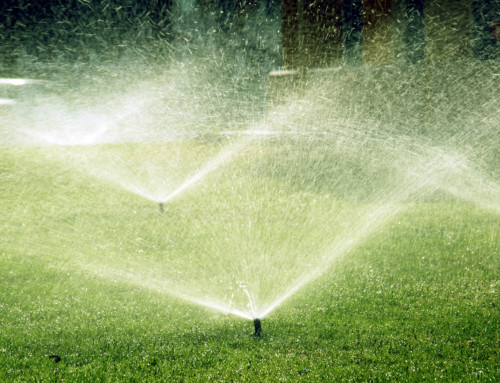Every summer, armies of absurdly-shaped creatures rise from the ground and settle into lawnscapes all over the Midwest. These pests play guest in your lawn, threatening the well-being of your trees and shrubs, and causing you a hornet’s nest of personal annoyances.
Judging by the reports that By The Blade is receiving from the field, bug problems are on the rise this year. Yet you may have failed to trace your troubles to these tiny menaces.
In this article we describe two categories of warm-weather pests, and note the best methods of getting rid of them.
Lawn-Lubbers:
Ticks and Chiggers
The bulbous bodies of ticks are well suited for storing blood from the hosts to which they attach themselves. Ticks find their way to the longer grass in a region and bide their time until a mammal passes by. Some ticks, like the Lone Star Tick with its single dot on its back, are a hassle to remove but pose no serious threat to the health of a human. Others, such as the Deer Tick, are known to be carriers of Lyme Disease with its many health complications.
The tinier bodies of chiggers do not reach for the blood supply of their hosts, but instead feed on the nutrients associated with skin cells. While they are less likely than ticks to carry disease, they are well known for causing high levels of skin irritation.
The most effective treatment for these parasitic pests comes in the form of granules or pellets. Granular insecticides, sold by the bag in most plant nurseries and home improvement stores, may be applied accurately by means of a hand spreader. As a precaution, be sure to choose an insecticide that is safe for children and pets, and keep the chemical well away from your vegetable garden.
Plant Predators:
Bagworms, Webworms, and Spider Mites
Bagworms can be difficult to spot if you don’t know what you are looking for. These pests suspend themselves from coniferous trees and shrubs, surrounding themselves with a brown cocoon that resembles an emaciated pine cone. If not dealt with, bagworms produce brown spots that spread and eventually cause the death of the tree.
Deciduous trees are suffering from a more unsightly malady this warm season. Webworms, the larvae of a brown moth, spin large white balls of webbing around the branches of trees and strip away the foliage inside this tent-like housing. Though most trees survive this attack, the loss in aesthetic value is significant.
Microscopic spider mites spin webs under the leaves of several hundred species of greenery, such as tomato plants and ornamental plants. These dot-sized relatives of the spider feed on the sap from the plant, leaving its leaves yellowed and wilted and reducing its vitality.
In most cases liquid insecticides are effective against these pests. By The Blade has found that a brand called Sevin generally performs well when applied in the right proportions. Consult with an expert at your local nursery or home improvement store to be sure that you are purchasing the correct product for your situation, and count on scheduling a retreatment every 21 to 28 days to keep up with the breeding cycle of the targeted pests.
Professional Pest Control
If you feel like you’re losing the battle against these undersized enemies, By The Blade Lawn and Landscaping can help. Whether the problem is cropping up in your lawn or in your trees, shrubs, and landscape plantings, By The Blade’s Total Exterior Management program puts our Ambassadors on the case. Visit our contact page at https://www.bythebladekc.com/contact/ for an estimate.





